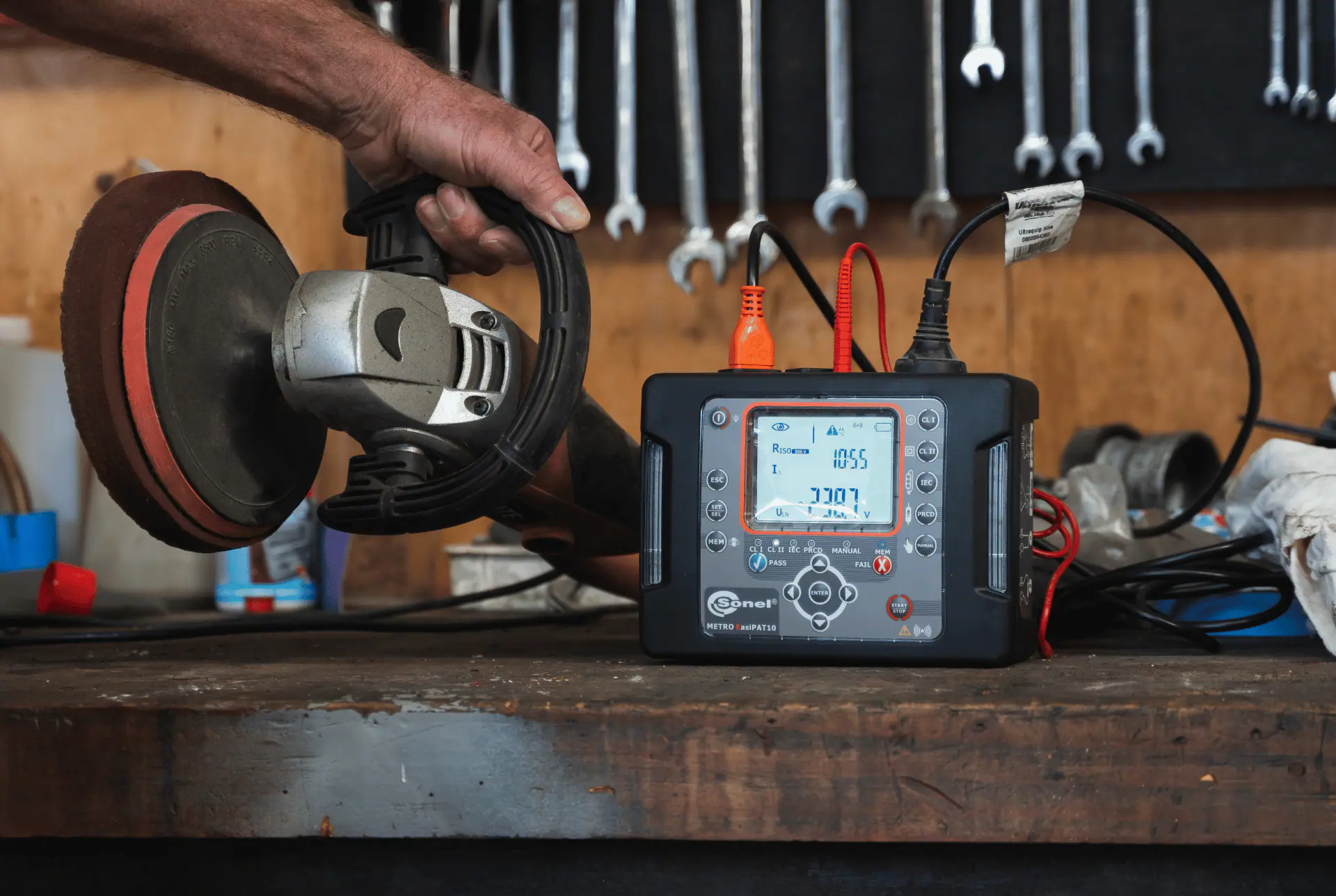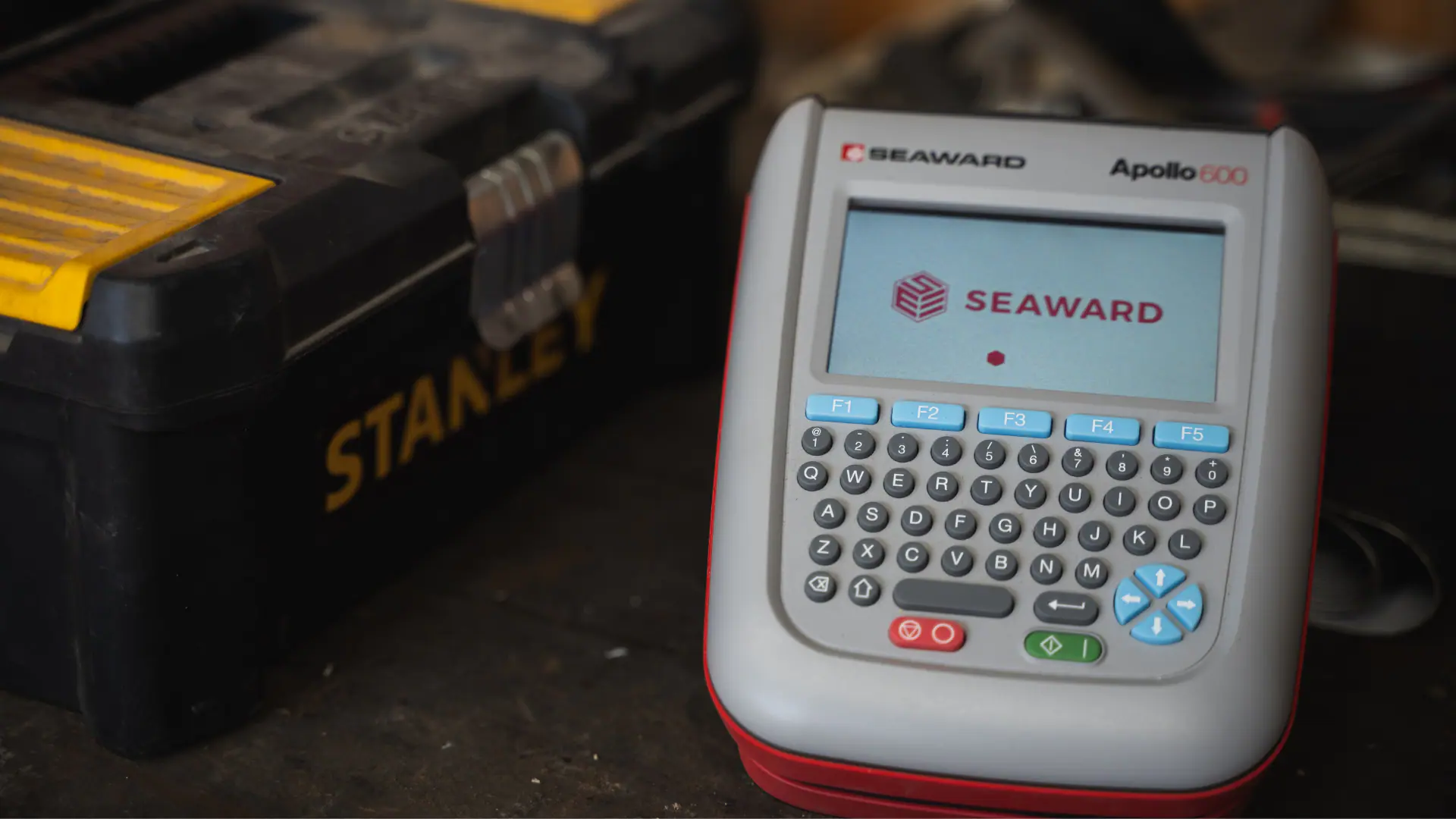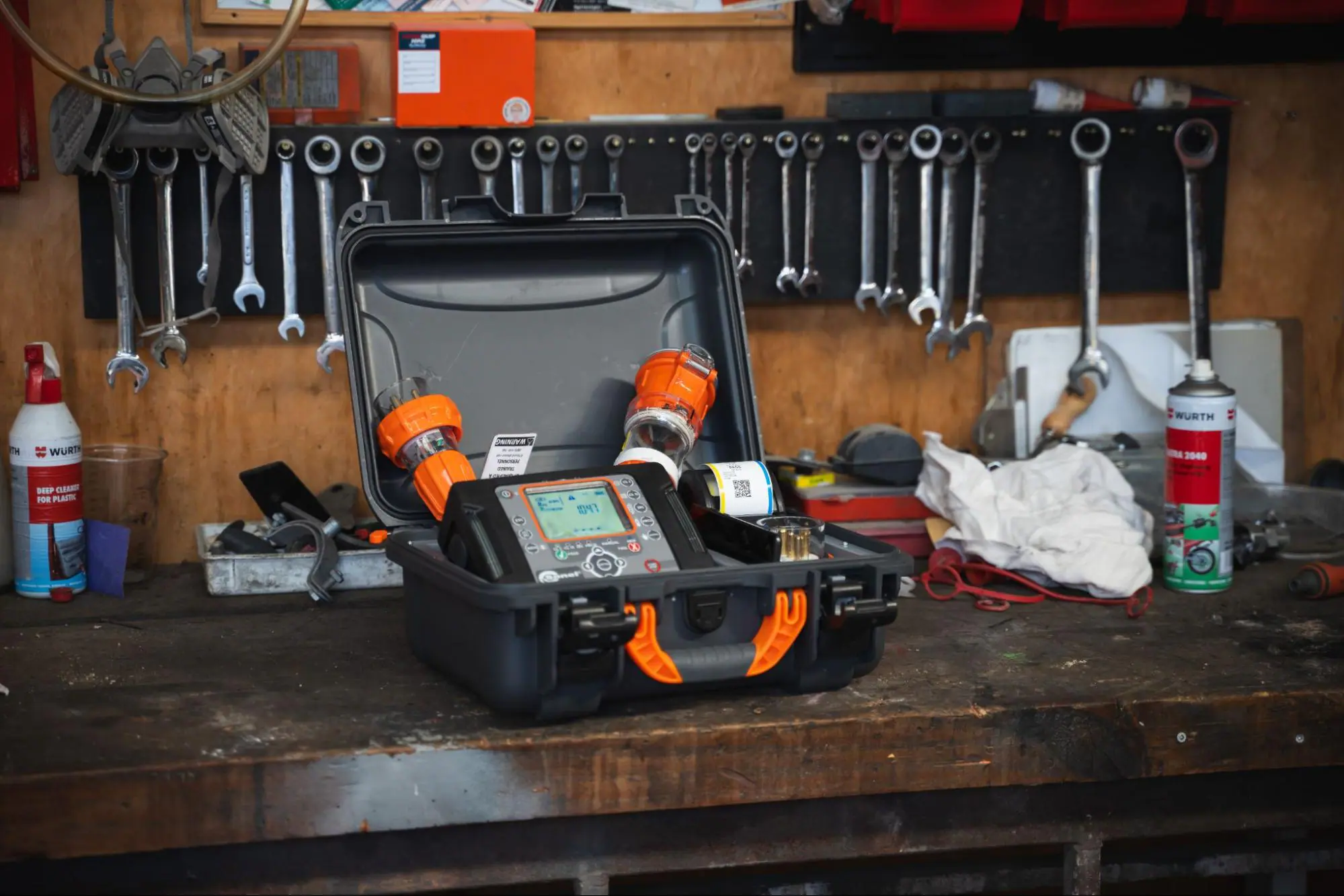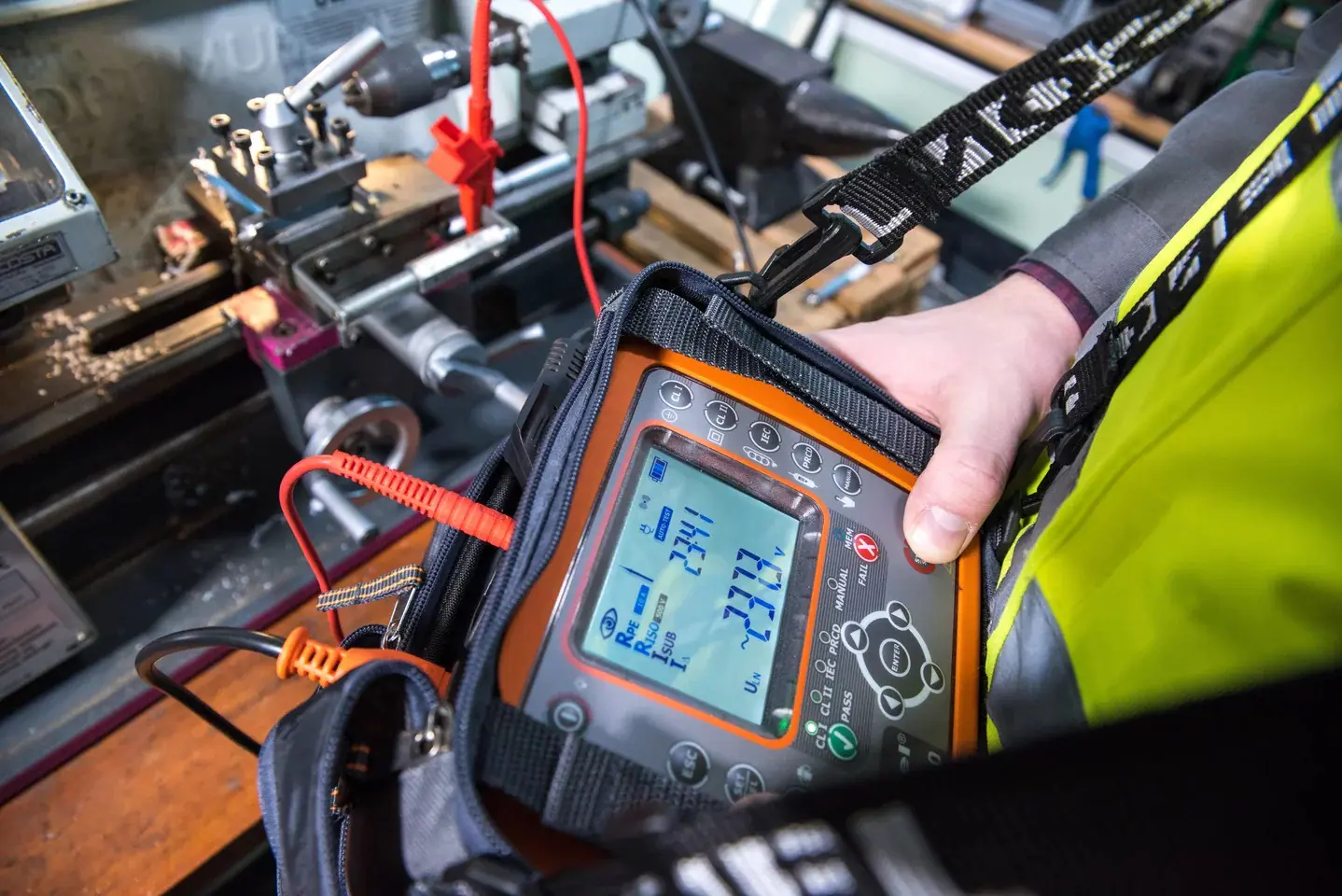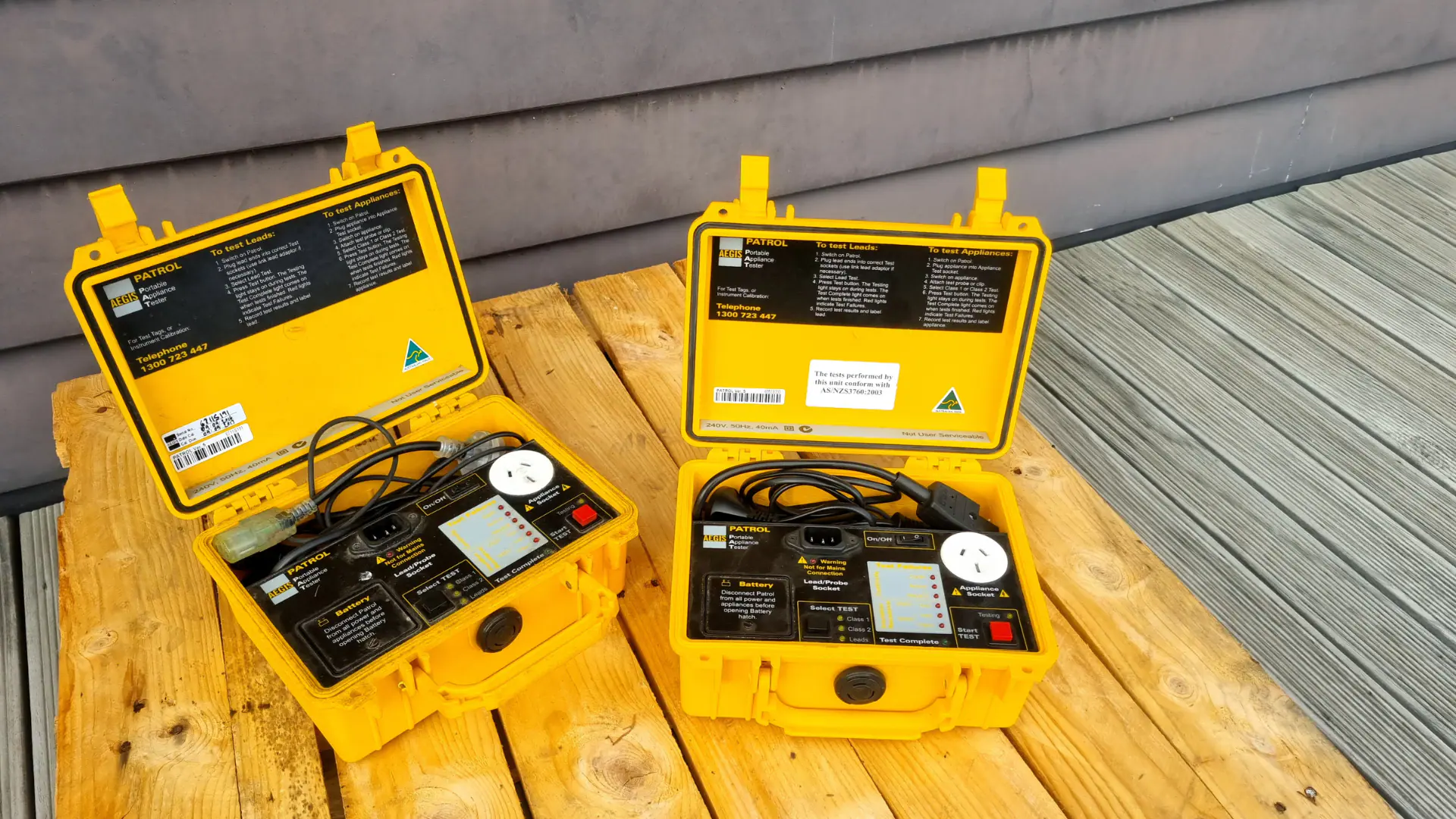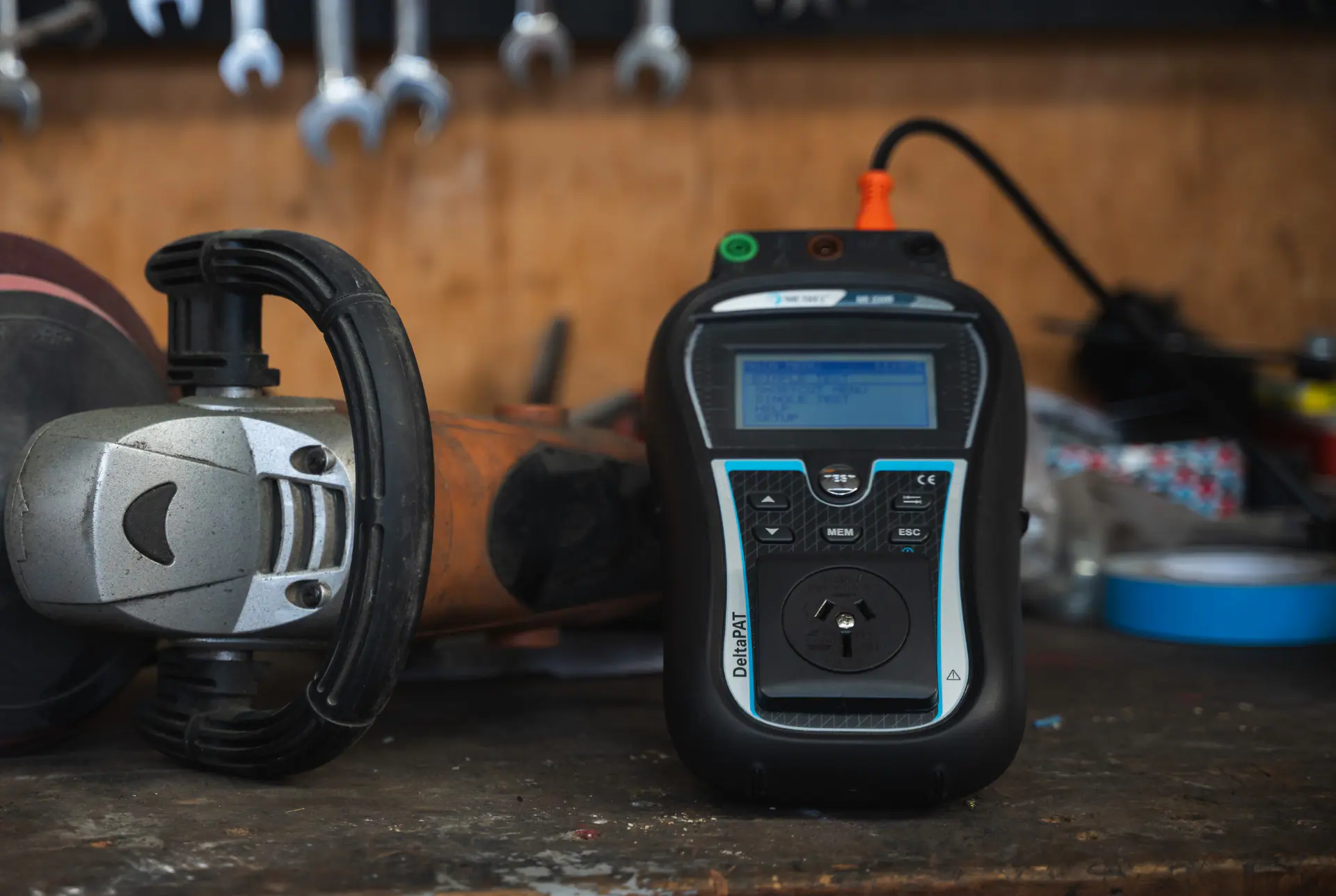The Work Heath and Safety Regulations 2011, Section
- A person conducting a business or undertaking at a workplace must ensure that electrical equipment is regularly inspected and tested by a competent person if the electrical equipment is:
- supplied with electricity through an electrical socket outlet; and
- used in an environment in which the normal use of electrical equipment exposes the equipment to operating conditions that are likely to result in damage to the equipment or a reduction in its expected life span, including conditions that involve exposure to moisture, heat, vibration, mechanical damage, corrosive chemicals or dust.
This means that electrical equipment located in a hazardous environment is required to be tested, however as stated in the following section from the Work Health and Safety Act 2011, all equipment must undergo a risk assessment and this may recommend testing of the equipment
Section 21. Duty of persons conducting businesses or undertakings involving management or control of fixtures, fittings or plant at workplaces.
(2) The person with management or control of fixtures, fittings or plant at a workplace must ensure, so far as is reasonably practicable, that the fixtures, fittings and plant are without risks to the health and safety of any person.
Most States refer to AS/NZS3760 as to specific requirements and time frames for testing.
Requirements for New to Service Equipment In Australia – New to service equipment does not need to be tested but it must be inspected and tagged as being new to service.
The Work Heath and Safety Regulations 2011 Section 150 states:
(2) In the case of electrical equipment that is new and unused at the workplace, the person conducting the business or undertaking:
- is not required to comply with subregulation (1); and
- must ensure that the equipment is inspected for obvious damage before being used.
Further to this, AS/NZS 3760:2010 Section 1.2.1 states: Section 1.2.1 New Equipment In Australia When the equipment is new, the supplier is deemed responsible for its initial electrical safety.
New equipment need not be tested but shall be examined for obvious damage. Where deemed compliant the owner or responsible person shall ensure it is tagged in accordance with 2.4.2.1 (c) 2.4.2.1 (c)
In Australia, equipment that is new and entering into service for the first time but not tested and tagged shall have a tag applied that includes the following information:
- Wording ‘New to Service’
- Date of entry to service
- Date when the next test is due
- Statement ‘This appliance has not been tested in compliance with AS/NZS3760’
The Requirements for Tagging/Labels
The requirements for label/tags is found in AS/NZS 3760:2010 Section 2.4.2.1
The tag shall be durable, legible, non-reusable, non metallic and may be coloured to identify the period in which the test was performed, and shall include all of the following information as a minimum
- The name of the person or company who performed the test;
- The test or inspection date, a retest date and a reference to AS/NZS3760.
The Requirements for Record Keeping
Not all States mandate that tested items must be tagged. However, almost all require that records be kept if testing is undertaken. Tagging is suggested in the Standard as a practical record keeping option.
(3) The person must ensure that a record of any testing carried out under subregulation (1) is kept until the electrical equipment is:
- next tested; or
- permanently removed from the workplace or disposed of.
(4) The record of testing:
- must specify the following:
- the name of the person who carried out the testing;
- the date of the testing;
- the outcome of the testing;
- the date on which the next testing must be carried out; and
- may be in the form of a tag attached to the electrical equipment tested.
Victoria Health and Safety Regulations 2007 state:
3.5.24 Control of risk
(1) An employer must ensure that any risk associated with electrical equipment is eliminated so far as is reasonably practicable.
While Victorian State legislation does not mandate testing, regular inspection and testing in accordance with AS/NZS3760 is a reliable way to fulfil the requirement to practicably eliminate risk and is recommended by Energy Safe Victoria.
In Queensland, testing of electrical equipment is addressed by the Electrical Safety Regulation 2007. Time frames for testing are set according to the ‘class of work’ the equipment is used in.
The Requirements for Training All states require that testing be carried out by a competent person. Under the Standard AS/NZS3760:2010 In-service safety inspection and testing of electrical equipment ‘1.4.4 A competent person is one who the responsible person ensures has the necessary practical and theoretical skills, acquired through training, qualification, experience or a combination of these, to correctly undertake the required tasks.
Note: a competent person is not required to be a registered or licensed electrical practitioner This means that as long as your staff member is deemed as ‘competent’ under AS/NZS 3760:2010 and is adequately trained in the safe use of all equipment that they use or handle, then you can test & tag in house.
It is also a requirement under the Queensland Electrical Safety Act for a test and tag service provider to be deemed competent and also hold a Restricted Electrical Contractors licence.
